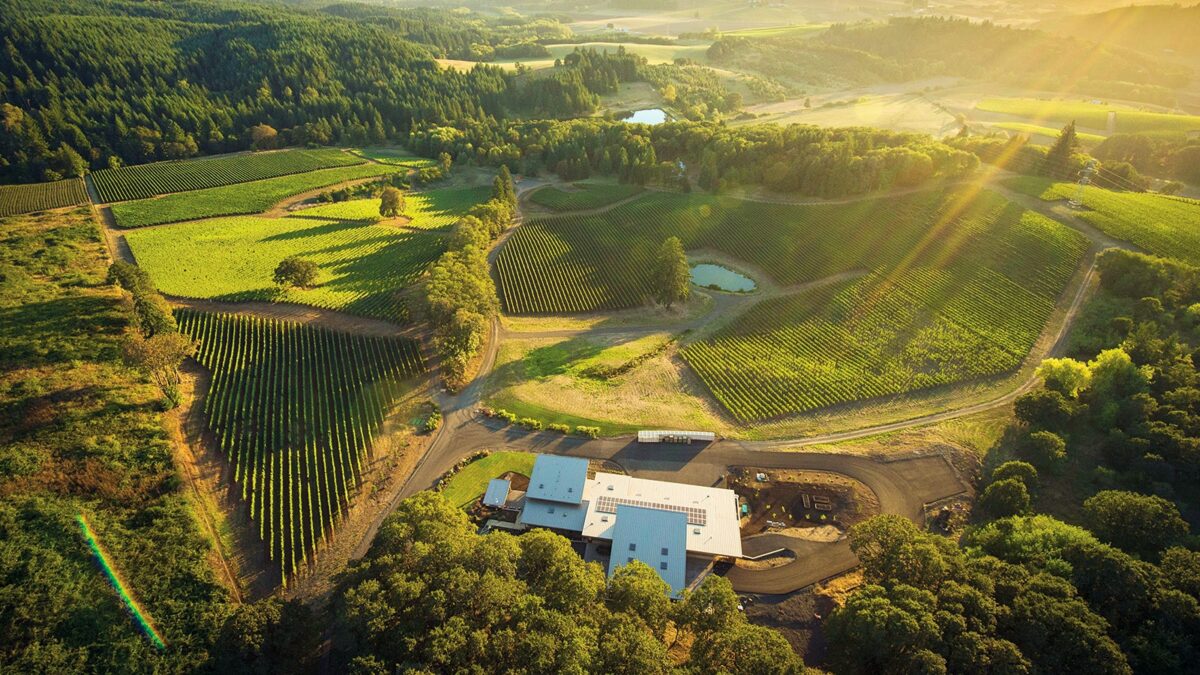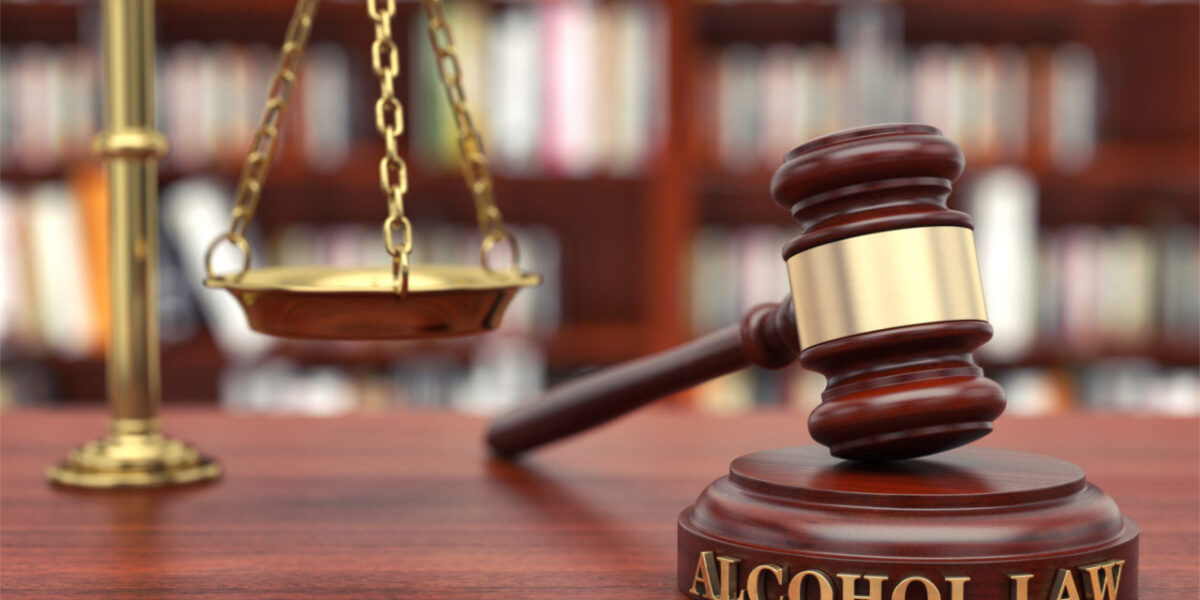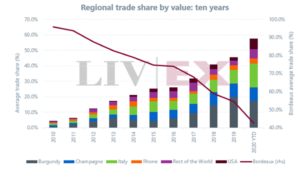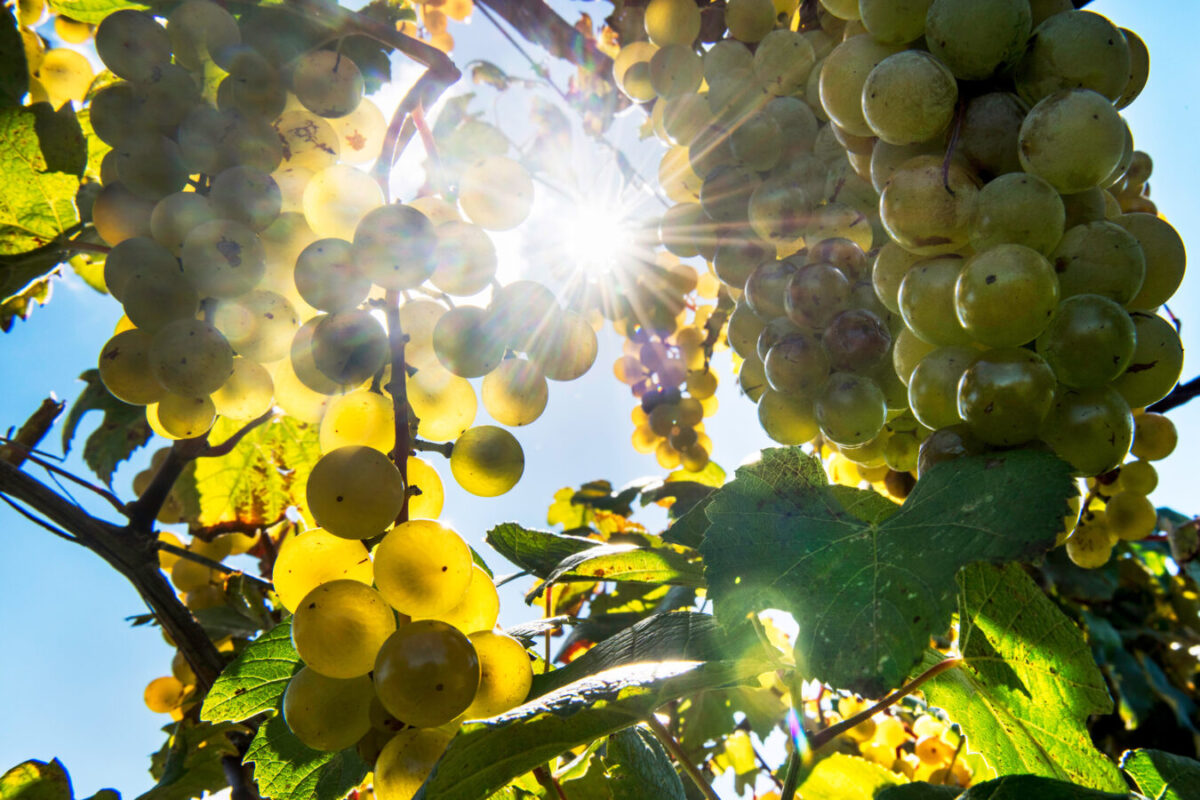Wine Spectator’s Annual Report names 100 of the best, most interesting wines in the world, with seven made in Oregon
Around this time every year since 1988, Wine Spectator gathers the best of the best wines its editors have tasted throughout the year, bestowing their favorite, most excellent wines made in or imported into the U.S. with a spot on the highly coveted “Top 100 list.” Oregon wines are often overrepresented on this prestigious list, garnering around five or six spots annually, or 5 or 6%, which is no small feat considering that Oregon accounts for far less than 1% of global wine production.
But in 2020, the number of Oregon wines set a new record in Wine Spectator’s Top 100 list with seven Oregon Pinot noirs earning their way on to this list. Put another way, this means 7% of the most exciting wines in the entire world are made in Oregon.
How hard is it to get onto Wine Spectator’s Top 100 list?
The magazine receives about 11,000 wines each year for evaluation, so the odds of getting on this list are more than 100 to 1.
According to Wine Spectator, “Our selection prioritizes quality (based on score), value (based on price) and availability (based on the number of cases either made or imported into the United States). These criteria are applied to the wines that rated outstanding (90 points or higher on Wine Spectator’s 100-point scale) each year to determine our Top 100…These wines are a diverse group—ranging from emerging labels and regions to traditional estates exploring new directions—and all generate the excitement we call the “X-factor.”
Winners this year include a top ten entry, Beaux Freres Pinot Noir Ribbon Ridge The Beaux Frères Vineyard 2018 with a score of 95, (the Beaux Frères Vineyard pictured above, photo by Carey Critchlow). Senior Editor Tim Fish described this wine as “A wine of presence and expression, impeccably structured yet elegantly layered, with evocative raspberry, rose petal and brown baking spice notes that pick up richness and tension toward fine-grained tannins.”
The other six winners and their respective spots on the list plus ratings are below. According to the magazine, a rating of 95-100 is deemed as a “Classic.” and a wine rated with a 90-94 is “Outstanding.”
#19: Résonance Pinot Noir Willamette Valley 2017, 93
#29: The Four Graces Pinot Noir Dundee Hills Reserve, 2017, 94
#33: Ken Wright Pinot Noir Willamette Valley, 2017, 91
#37: Bergström Pinot Noir Willamette Valley Cumberland Reserve, 2018, 94
#64: La Crema Pinot Noir Willamette Valley 2018, 92
#79: Stoller Pinot Noir Willamette Valley 2018, 90
“Placing a record seven Oregon wines among the world’s Top 100, and five in the top 40, is welcome recognition for Oregon and a reflection of the exceptional fruit and winemaking talent here,” notes Oregon Wine Board President Tom Danowski.
Stoller Family Estate appeared for the first time on this list in 2020, and the designation is not lost on founder and owner Bill Stoller. “Wine Spectator is one of the most influential publications in our industry, and it’s an incredible honor to earn a spot on its Top 100 list,” he said. “Our Vice President of Winemaking, Melissa Burr, has been honing her craft over the last 15 years. She created an everyday Pinot Noir that embodies the spirit and complexity of our region. To have our 2018 Willamette Valley Pinot Noir place alongside some of the best in the world is a testament to Melissa and her team’s dedication.”






